This article delves into the Roman slave revolts, also known as the Servile Wars, examining them from the perspectives of both the slave owners and the enslaved individuals, shedding light on their differing viewpoints and the broader implications of these uprisings on Roman society.
The Roman Slave Revolts – Roman Slave Owner’s Perspective
In the grand tapestry of Roman history, few events have been as tumultuous and unsettling as the series of slave revolts that punctuated the Republic’s timeline. For the Roman elite, particularly the slave owners, these revolts were not just isolated incidents of rebellion; they were perceived as direct threats to the very fabric of Roman society. This article delves into the Roman slave owner’s perspective, offering insights into their fears, justifications, and the broader implications of these revolts on the Roman social order.
Pillars of Roman Society
To understand the gravity of the slave revolts, one must first grasp the significance of slavery in Roman society. Slavery was an integral part of the Roman economic system. The vast estates, or latifundia, were worked by countless slaves, producing goods that sustained the Roman economy. Slaves were also ubiquitous in urban settings, serving as household servants, artisans, and even educators. In essence, the Roman world was built on the backs of slaves.
From the perspective of a Roman slave owner, this system was not just economically beneficial; it was a divinely ordained social order. Slaves were seen as property, and their subjugation was justified through various means, including the belief that they were naturally inferior or that their enslavement was a result of their own or their ancestors’ misdeeds.
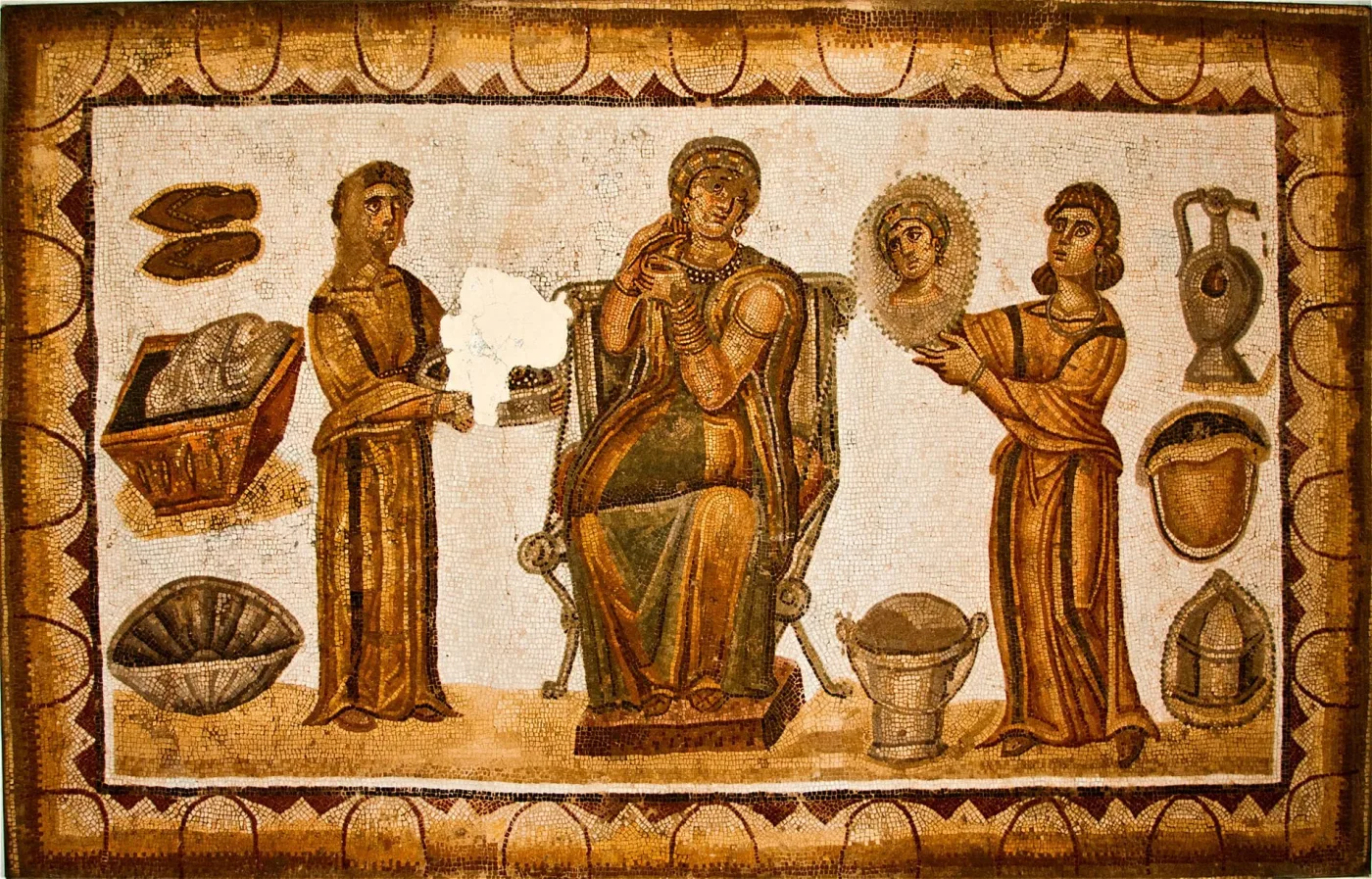
Tremors of Rebellion
Given the centrality of slavery to Roman life, any hint of rebellion was met with deep anxiety. The revolts were not just about slaves seeking freedom; they were seen as a challenge to the Roman way of life. The most famous of these revolts, led by the gladiator Spartacus in 73-71 BCE, is a testament to this fear. Spartacus and his followers, numbering in the tens of thousands, managed to defy the Roman legions for years, highlighting the potential power and threat of the enslaved population.
For the Roman elite, the Spartacus revolt and others like it were stark reminders of their vulnerability. The idea that slaves, who were so integral to the daily functioning of Roman society, could rise up and challenge the status quo was deeply unsettling. It was a direct threat to their wealth, their status, and their very lives.
Response
The Roman response to these revolts was twofold: repression and reformation. On one hand, the revolts were met with brutal suppression. Following the defeat of Spartacus, thousands of his followers were crucified along the Appian Way, serving as a grim reminder of the consequences of rebellion.
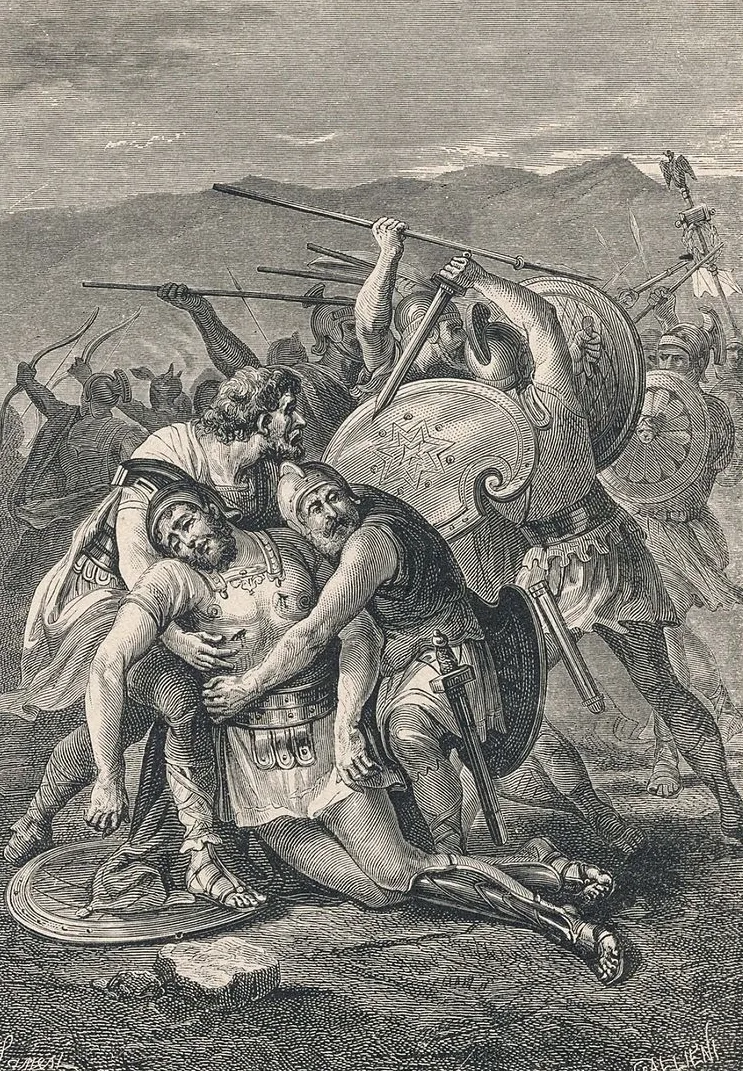
However, the revolts also led to some introspection among the Roman elite. There was a growing recognition that the sheer scale of these uprisings was a symptom of deeper societal issues. Some slave owners began to advocate for better treatment of slaves, not necessarily out of altruism, but as a pragmatic measure to prevent future revolts. Emancipation, or the act of freeing slaves, also became more common, serving both as a reward for loyal service and a means to integrate former slaves into Roman society as freedmen.
Legacy of the Revolts
From the perspective of a Roman slave owner, the revolts were a stark reminder of the fragility of their social order. While the immediate threat of the revolts was quelled, the underlying tensions remained. The revolts were a catalyst for change, prompting discussions about the role of slavery in Roman society and leading to incremental reforms.
The Roman Slave Revolts – Slave’s Perspective
Through the eyes of the enslaved, these revolts were not mere acts of defiance; they were desperate cries for freedom and dignity. This article seeks to illuminate the struggles, hopes, and aspirations of the Roman slaves, offering a unique perspective on their quest for liberation.
Life in Chains
To truly grasp the essence of the revolts, one must first understand the life of a Roman slave. Born either into servitude, captured in wars, or sold due to debts, slaves were the silent cogs that kept the vast Roman machinery running. From tilling the fields of the latifundia to serving the elite in opulent Roman villas, their lives were defined by servitude.

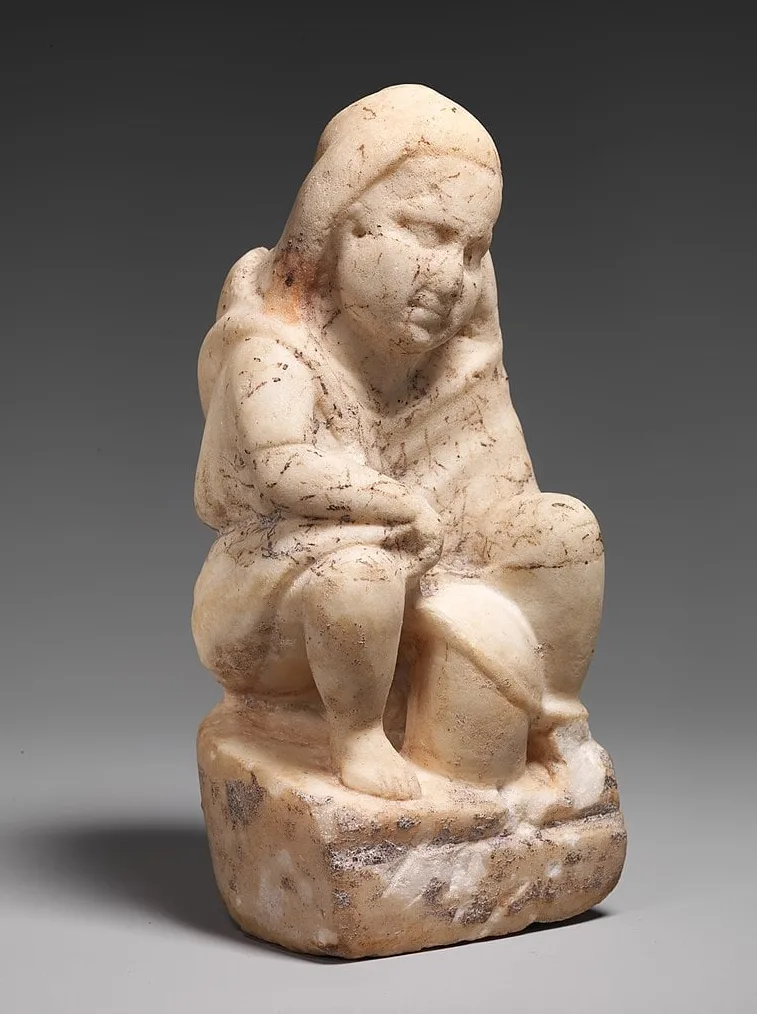
Yet, beneath the yoke of oppression, a burning desire for freedom simmered. The Roman slave was not just a faceless entity; they were mothers, fathers, sons, and daughters, each with dreams and stories of their own. Their daily lives, though marred by hardship, were also filled with tales of love, camaraderie, and subtle acts of resistance.
The Spark of Rebellion
The revolts did not emerge in a vacuum. They were the culmination of years of oppression, exploitation, and the innate human yearning for freedom. The revolt led by Spartacus in 73-71 BCE is perhaps the most emblematic of this struggle. A gladiator by training, Spartacus became the beacon of hope for thousands of slaves. Through his leadership, what began as a small band of escapees transformed into a formidable force that challenged the might of Rome.
From the slave’s perspective, Spartacus and leaders of other revolts were not just military leaders; they symbolized the possibility of a life beyond chains. The revolts were more than mere battles; they were a collective dream of a world where every individual would be recognized not by their status but by their humanity.
The Price of Defiance
The path to freedom was fraught with challenges. The Roman legions, renowned for their might, were relentless in their pursuit of the rebels. For the slaves, each day was a test of their resolve. They faced not just the external enemy in the form of the Roman army but also the internal demons of doubt and fear.
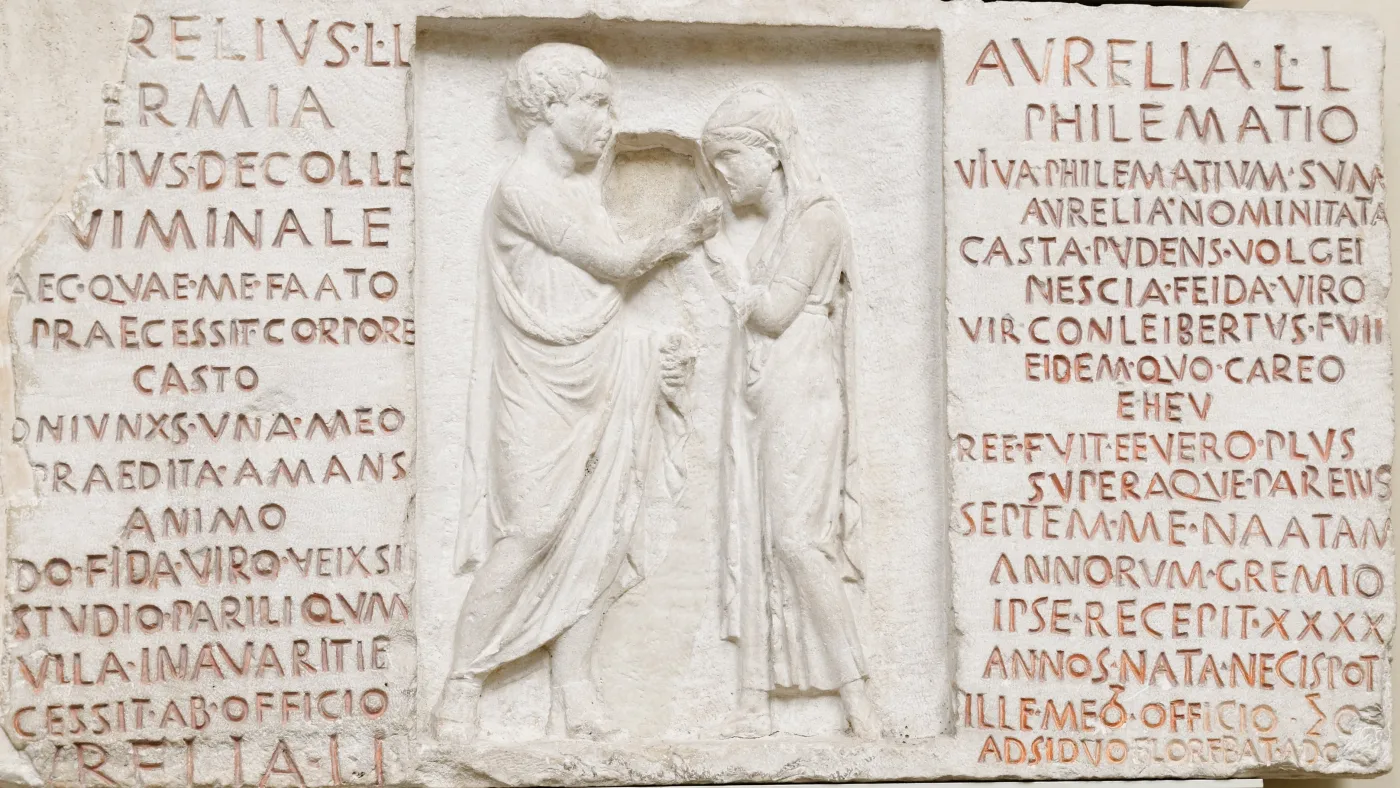
Yet, even in the face of overwhelming odds, the spirit of resistance remained unbroken. The revolts were as much a psychological battle as they were physical. For many slaves, the very act of standing up against their oppressors, even in the face of certain death, was a testament to their undying spirit.
Echoes of Freedom
While the revolts, including that of Spartacus, were eventually quelled, their legacy lived on. For the survivors and the generations that followed, the revolts were a source of inspiration. They served as a stark reminder that the quest for freedom, no matter how perilous, was a journey worth undertaking.
In the grand mosaic of Roman history, the slave revolts are a poignant reminder of the resilience of the human spirit. They underscore the timeless truth that every individual, irrespective of their circumstances, harbors the flame of freedom and dignity.
If you were a Roman slave during the revolts, would you have joined Spartacus? Why or why not? Comment below !
The Tale of Spartacus
In the heart of ancient Rome, amidst the grandeur of emperors and the might of legions, emerged a tale that would forever be etched in history. It’s the story of Spartacus, a gladiator who led one of the most significant slave revolts against the Roman Republic. This narrative, viewed from the slave’s side, offers a unique glimpse into the resilience of the human spirit against overwhelming odds.
Chains of Captivity
Born in Thrace, Spartacus was once a free man, possibly even a soldier. However, fate had other plans. Captured by the Romans, he was enslaved and sent to a gladiatorial training school in Capua. Here, amidst the blood and sand of the arena, Spartacus and his fellow slaves were trained to entertain the masses with their combat skills.
The Spark of Rebellion
The conditions at the gladiatorial school were harsh. Slaves were often subjected to brutal treatments and lived in constant fear. It was in this crucible of oppression that Spartacus, along with around 70 comrades, planned a daring escape in 73 BCE. Using makeshift weapons, they fought their way out, seizing wagons, weapons, and armor.
Once free, Spartacus and his band took refuge on Mount Vesuvius. Their rebellion, fueled by a desire for freedom and dignity, attracted thousands of other slaves, swelling their ranks. They weren’t just fighting for their own freedom; they were challenging the very foundation of the Roman slave system.

Beacon of Hope
Under Spartacus’s leadership, the slave army achieved several victories against the Roman legions sent to suppress them. These successes bolstered their morale and drew even more slaves to their cause. For many, Spartacus became a symbol of hope, a beacon of resistance against the mighty Roman Republic.
The Inevitable End
Despite their successes, the odds were stacked against Spartacus and his army. In 71 BCE, they faced the legions led by the Roman general Marcus Licinius Crassus. In a fierce battle, Spartacus’s forces were defeated, and he was reportedly killed in combat.
Following the battle, around 6,000 surviving rebels were crucified along the Appian Way, a grim reminder of the consequences of challenging Rome.
The Dilemma of Crassus
In the annals of Roman history, the name Marcus Licinius Crassus stands out not just for his immense wealth but also for his pivotal role in suppressing one of the most significant slave revolts the Republic ever faced: the Spartacus Rebellion. This narrative, from the perspective of a Roman slaveholder and elite, offers a unique insight into the challenges and fears that the uprising instigated among Rome’s ruling class.
Weight of Wealth
Crassus, often touted as one of the richest men in Roman history, had vast estates and numerous slaves. These slaves, like many in Rome, worked in various capacities, from tending to his properties to mining in his silver mines. The prosperity and luxury enjoyed by the Roman elite, including Crassus, were in many ways built on the backs of these slaves.
Rising Storm
When news reached Rome of a gladiator named Spartacus leading a band of escaped slaves in revolt, it was initially dismissed by many as a minor disturbance. However, as the rebellion grew in size and scale, it became impossible to ignore. The very foundation of Roman society, where the institution of slavery was deeply entrenched, was under threat.
For slaveholders like Crassus, this was not just a challenge to their economic interests but also a direct affront to their social standing and the Roman way of life.
The Decision to Act
Seeing an opportunity to bolster his political clout and recognizing the genuine threat the revolt posed, Crassus took upon himself the task of quelling the rebellion. He mobilized a vast force, intent on crushing Spartacus and his army. However, this was no easy task. The slaves, driven by a desire for freedom and led by the tactically astute Spartacus, won several encounters against the Roman legions.
Final Confrontation
The campaign culminated in a decisive battle in 71 BCE. Crassus, employing a combination of military strategy and sheer numbers, managed to corner and defeat Spartacus’s forces. Spartacus himself is believed to have fallen in battle, and in a grim display of power and a warning to any would-be rebels, Crassus had 6,000 captured rebels crucified along the Appian Way.
Want more of → Perspectives ←
FAQ
1. How did the Roman populace view the Slave Revolts?
The general Roman populace had mixed feelings. While the elite and slaveholders viewed the revolts as a direct threat to their way of life, the lower classes, who often faced economic hardships due to the over-reliance on slave labor, might have had some sympathies. However, the potential chaos and disruption brought about by the revolts would have been a concern for many.
2. What challenges did Roman slaves face during revolts?
Roman slaves faced formidable challenges during revolts, including the might of the Roman legions and internal struggles with doubt and fear. Despite these obstacles, they remained steadfast in their pursuit of freedom.
3. How did Roman slave owners respond to slave revolts?
Slave revolts were met with harsh repression, often resulting in brutal punishments such as crucifixion. Some slave owners also advocated for reforms aimed at preventing future revolts, such as improving treatment or granting freedom to loyal slaves.
4. Did Roman slave owners ever consider granting freedom to their slaves voluntarily?
Yes, some Roman slave owners offered emancipation to loyal slaves as a reward for exceptional service or as a means of fostering loyalty. However, this was often a rare occurrence and did not significantly alter the overall system of slavery.
5. Did Roman slaves ever make deals or agreements with their owners?
While uncommon, there were instances where slaves negotiated improved conditions or temporary freedoms with their owners, particularly if they possessed valuable skills or held influential positions within the household or workplace.
This was a delight to read. You show an impressive grasp on this subject! I specialize about Appliances and you…
i think he was just a crazy guy, a victim of his childhood and enviroment
super interesting 🤔
Loved this article, learned a lot!

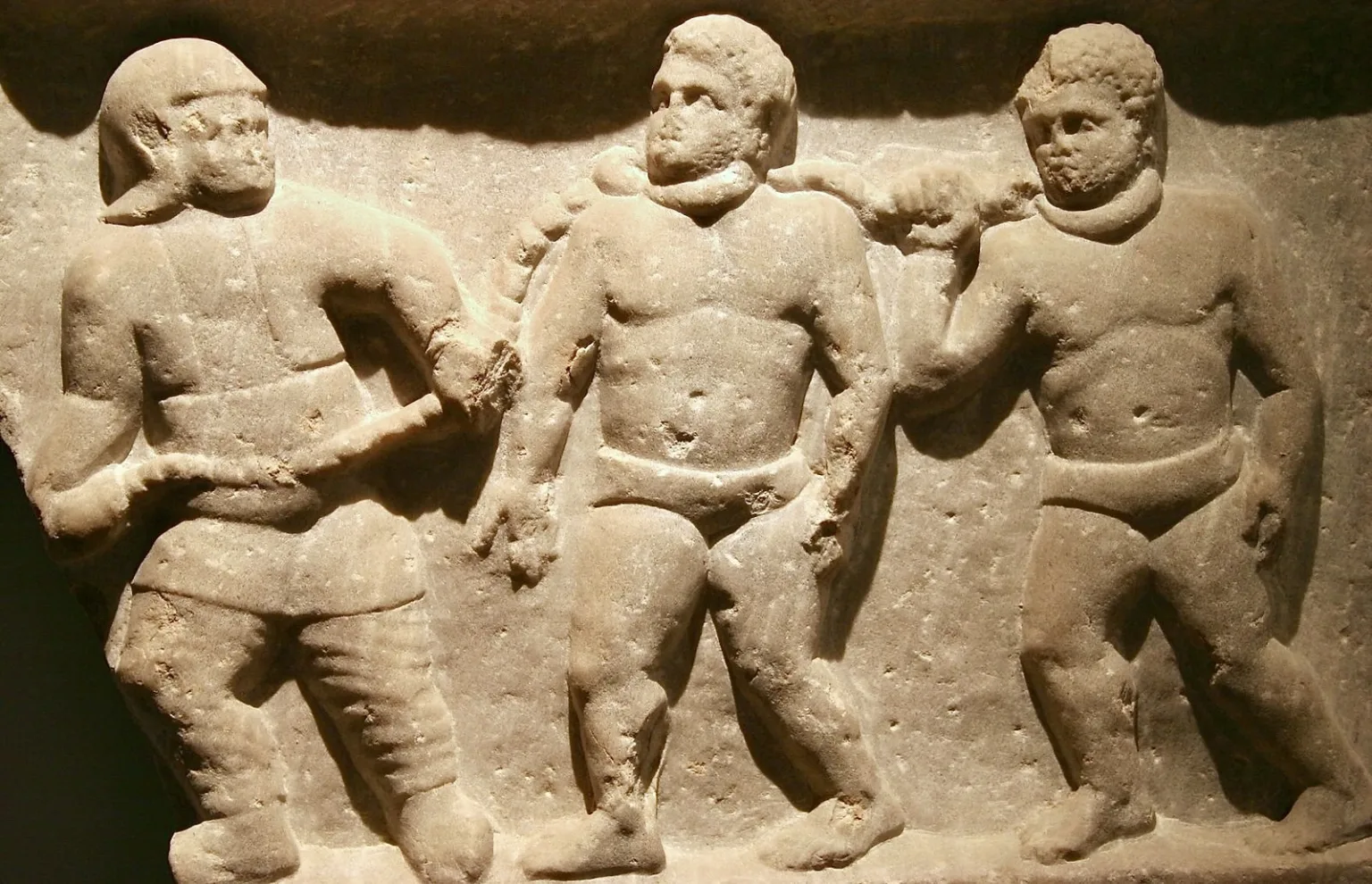

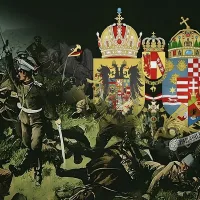
Leave a Reply